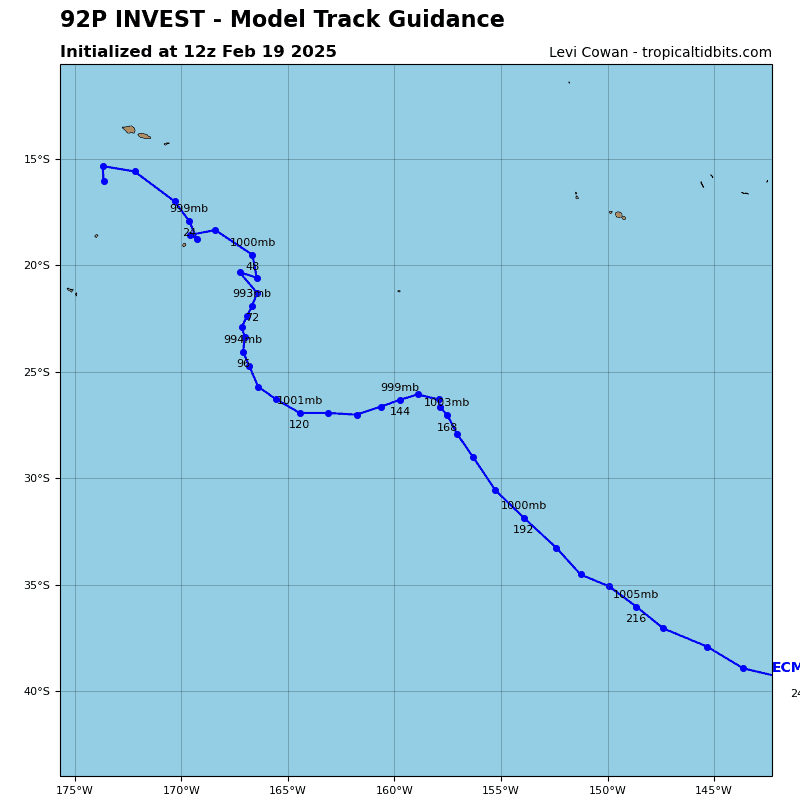Current Snapshot
For all the latest updates visit: DisasterAWARE
By PDC’s Senior Weather
Specialist Glenn James

The Pacific Disaster Center’s (PDC Global) Friday, December 1, 2023, Tropical Cyclone Activity Report…for the Pacific Ocean, the Indian Ocean, and adjacent Seas
Current Tropical Cyclones:
There are no Tropical Cyclones
Northeast Pacific Ocean:
The North Pacific hurricane season officially ended on November 30. Routine issuance of the Tropical Weather Outlook will resume on May 15, 2024. During the off-season, Special Tropical Weather Outlooks will be issued as conditions warrant.
The eastern Pacific basin hurricane season was above normal, with 17 named storms, of which 10 were hurricanes and eight of those major hurricanes.
From August 16 to 21, Tropical Storm Hilary brought widespread heavy rainfall and flooding to Southern California, with some areas receiving up to 600% of their normal August rainfall. Hilary resulted in the first ever issuance of Tropical Storm Watches and Warnings for the Southern California coastline by NOAA’s National Hurricane Center. In addition, the Center distributed key hazard focused messages for Hilary in Spanish through the agency’s new language translation project.
Hurricane Otis made landfall near Acapulco, Mexico, on October 25 as a category-5 hurricane, with sustained winds of 165 mph. Otis holds the record as the strongest landfalling hurricane in the eastern Pacific, after undergoing rapid intensification in which wind speeds increased by 115 mph in 24 hours.
Central North Pacific:
The central North Pacific hurricane season officially ended on November 30. Routine issuance of the Tropical Weather Outlook will resume on June 1, 2024. During the off-season, Special Tropical Weather Outlooks will be issued as conditions warrant.
The central Pacific basin had a near-normal season with four tropical systems traversing the basin.
Hurricane Dora, a category-4 storm, passed south of Hawaii in early August, marking the first major hurricane in the central Pacific basin since 2020. The strong gradient between a high pressure system to the north and Dora to the south was a contributing factor to the wind-driven, fast-moving wildfires in Hawaii.
Western Pacific, Indian Ocean and adjacent Seas:
Southwest Pacific Ocean…
An area of disturbed weather, being referred to as Invest 92P…located approximately 607 NM east-northeast of Honiara, Guadalcanal, is under investigation by the Joint Typhoon Warning Center (JTWC).
Animated satellite imagery depicts a broad area of turning obscured by persistent convection exhibiting radial outflow aloft.
Upper-level analysis indicates 92P is in a favorable environment for development with moderate to high (20-25 knot) vertical wind shear offset by exceptional divergence aloft, very warm sea surface temperatures, and very high ocean heat content.
Global models are in good agreement that 92P will continue to track generally westward over the next 24 hours while the system continues to consolidate. Though overall conditions are favorable, the lack of a distinct, consolidated low level circulation center at this time will serve to limit the potential development.
Maximum sustained surface winds are estimated at 10 to 15 knots.
The potential for the development of a significant tropical cyclone within the next 24 hours is low.
North Indian Ocean…
An area of disturbed weather, being referred to as Invest 95B…located approximately 301 NM southeast of Chennai, India, is under investigation by the Joint Typhoon Warning Center (JTWC).
Enhanced infrared satellite imagery and a microwave image depict a very broad area of turning with deep but fragmented bands of convection wrapping into a low level circulation center.
Environmental analysis indicates favorable conditions for intensification as reflected by low (10-15 knot) vertical wind shear, warm sea surface temperatures, and moderate dual-channel outflow. The system is also in a region of strong background vorticity within the monsoon trough.
Global models are in strong agreement of a northwesterly track over the next 24 hours while the system continues to consolidate.
Maximum sustained surface winds are estimated at 23 to 28 knots.
The potential for the development of a significant tropical cyclone within the next 24 hours remains high.





